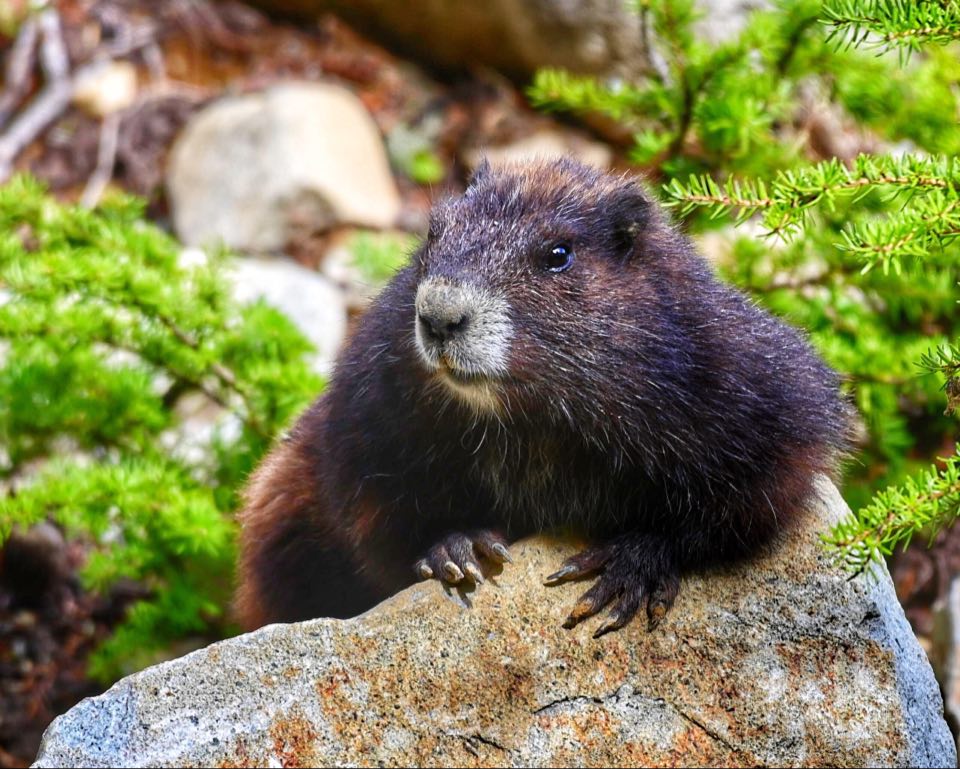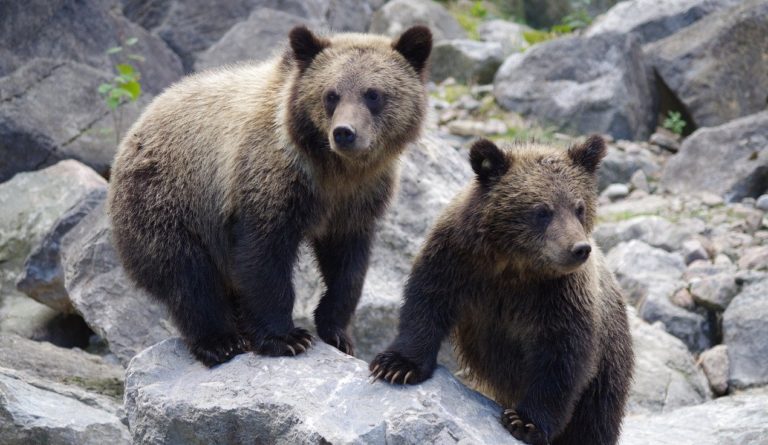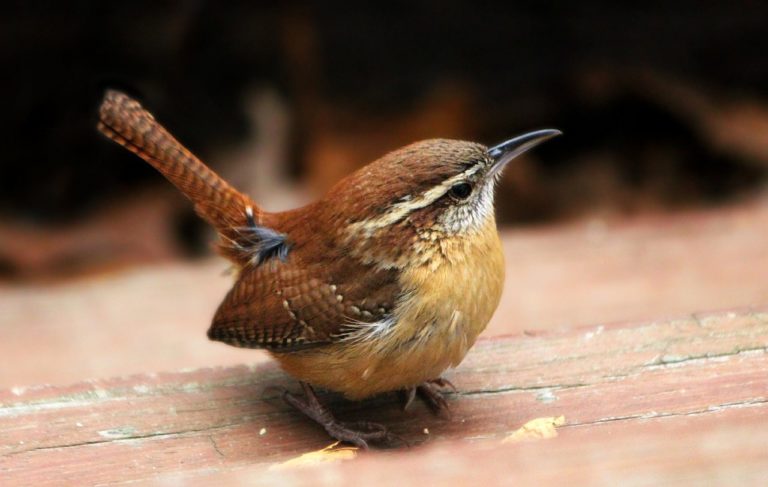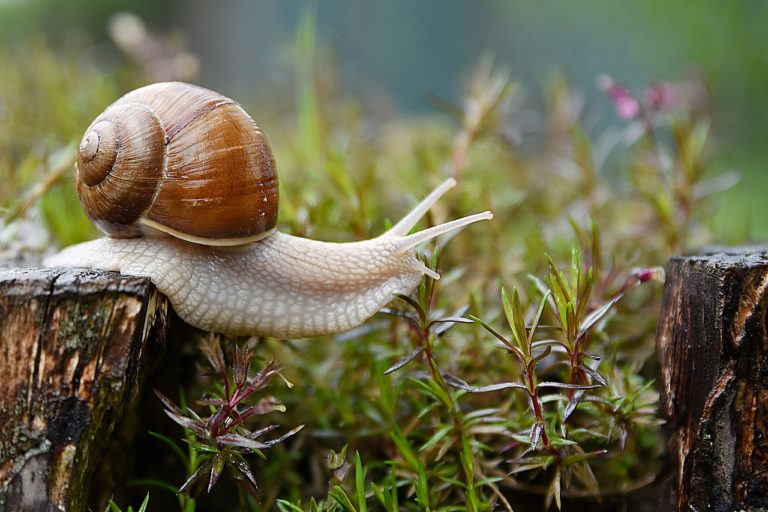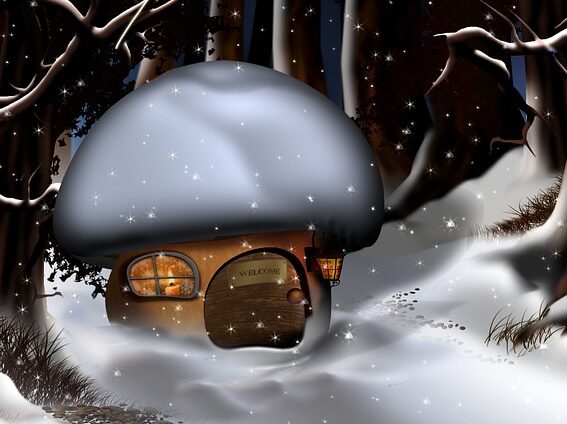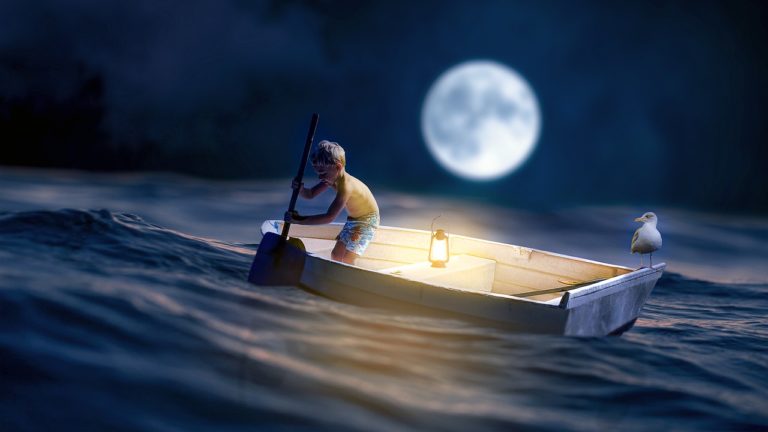Marmoteers and Whistle Pigs
Every summer, teams of brave marmoteers go up into the mountains to help the endangered marmots of Vancouver Island. Special thanks go to Kevin Gourlay and the Marmot Recovery Foundation for helping me tell this real-life adventure!
Photo credit: Marmot Recovery Foundation
Marmoteers and Whistle Pigs – Read and Print
By Rachel Dunstan Muller, copyright 2022
(Scroll to bottom for printable PDF)
Well hello there! And thanks for listening today.
As you probably already know, most of the stories I share are made-up stories – stories that come from my imagination. But the story I’m about to tell is a true story. It’s about a colony of Vancouver Island marmots.
Now, before I go any further, I should probably tell you a little bit about marmots. Marmots are members of the squirrel family, which also includes chipmunks, and woodchucks and prairie dogs. Vancouver Island marmots are about the size of large house cats, with chocolate brown fur, and patches of white around their noses and mouths and chins, and more small patches on their foreheads and chests – as if someone had dabbed them white paint. Marmots have large teeth, like beavers, and long bushy tails, and strong muscles in their shoulders and legs.
Vancouver Island marmots need those strong muscles, and they need their sharp claws, too. You see, to survive the cold winters where they live high up in the mountains, marmots have to dig burrows beneath the ground. Every September as the snow begins to fall, they curl up inside their dens, which are stuffed with grasses and shrubs to keep them cozy, and they begin their hibernation – which is like a very long winter nap. The marmots’ hearts slow down to only 3 or 4 beats per minute. That is very, very slow. And they can’t eat while they’re fast asleep, of course, so instead they live off the fat that they store in their bodies during the summer.
But right now as I’m telling this story, it’s not winter on Vancouver Island, on the west of Canada; it’s spring. And in the mountains, not far from my own home, the marmots are just starting to wake up and stretch. Soon the female marmots will be having babies – three or four marmot pups each. And soon the adult marmots will be leaving their dens, even if it means they have to tunnel through several meters of snow to get to the surface.
Those marmots will be very hungry after their long winter hibernation. But it won’t take them long to fatten up again once the first grasses push through the snow. Once those first new grasses appear, and the first spring wildflowers, those marmots will feast. And they’ll keep feasting, all through the spring and all through the summer, getting ready for their next winter hibernation.
And when they aren’t eating, or keeping watch for the cougars and wolves and eagles who might like to eat them – Vancouver Island marmots are very playful. If you were lucky enough to spy on a family of marmots out in the wild, you would see them nose-touching to greet each other, and standing up on their hind legs to play fight.
But marmots are also very shy, and as soon as one of them saw you, they would let out a piercing whistle to let all the other marmots know that you were there. Then they would race to their dens and disappear beneath the ground. Vancouver Island marmots have five different whistle calls to communicate with each other – more than any other species of marmot. And that’s why some people call them “whistle pigs.”
Vancouver Island marmots have lived on this island for a long, long time – about 740,000 years. But a lot has changed over the last century, and in 2003, which is only 20 years ago, there were less than 30 Vancouver Island marmots left. They were almost extinct – gone forever.
No one wanted to see that happen – that would have been terrible – so a group of people came together to see if they could save the marmots. They formed the Marmot Recovery Foundation and started breeding wild marmots at two special conservation centres, and at both the Toronto and Calgary Zoos. The young marmots born in those centres are then released back into the wild.
Now every summer, teams of field technicians, otherwise known as “marmoteers,” go up into the mountains and do everything they can to help the wild marmots: watching them, counting them, rescuing them, releasing captive-bred marmots, even bringing them extra food when they need it.
Now, since Vancouver Island marmots are still one of the most endangered mammals in the world, every single marmot matters. Last summer, two brave marmoteers named Kevin and Chelsea set off to count marmots in a special place called Marble Meadows. Marble Meadows is high up in the mountains and very hard to reach, so no one had counted the marmots there for two years. To get there, Kevin and Chelsea first had to drive into Strathcona – a huge wilderness park in the middle of Vancouver Island. Then they had to canoe across a wide lake with all their marmoteering gear, and their camping gear, and enough food for five days. And then when they reached the shore, they had to a climb a steep mountain trail. It was August, so it was very hot. Up and up they went, with their heavy packs on their backs – until at last they came to Marble Meadows.
Once they’d reached the top, they set up their camp and started looking for marmots. The marmots that have been released in the past have special tags and implants, so that they can be found with a radio antenna called a “Yagi.” Kevin and Chelsea took turns waving that antenna in the air, but there was no sign of any marmots on that first evening – which was not good news.
So, early on the second morning, they loaded up all their gear, and they hiked through the heat and the mosquitoes and the blackflies all the way across to the far side of Marble Meadows. And at the end of that second day, they heard marmots whistling and saw two adult marmots. What a relief!
On the third morning, Kevin and Chelsea got up at 4 am, even before the sun; marmots are most active early in the morning and late in the evening. And on that third morning, the two brave marmoteers saw all kinds of marmot activity – which was wonderful news! It was exactly what they were hoping to see.
But the very best news of all came on the last day of their expedition, when Kevin set off on his own to explore a blank spot on the map – an area just beyond Marble Meadows that had never been surveyed for marmots before. Kevin had to be very careful as he climbed past a steep valley and up a narrow gulley. And then – he saw them: little marmot heads popping out of their little marmot holes all over the place. One of those marmots saw Kevin too, and whistled the alarm – and the other marmots quickly scattered in every direction. But Kevin was patient. He sat quietly for hours, long enough to see some adults, and a yearling, and about 7 or 8 marmot pups. Kevin had just discovered a brand new marmot colony!
In all, there were three new marmot colonies discovered on Vancouver Island last year. But as exciting as that is, Vancouver Island marmots still need a lot of help. By the end of last year, hikers and marmoteers had counted somewhere between 230 and 270 marmots. (It’s hard to be sure about the exact number, since marmots don’t like to keep still.) To learn more about how Marmoteers and scientists from the Marmot Recovery Foundation are working to make sure that this number keeps growing, you can visit marmots.org on-line. If you’d like, you can even join the Foundation’s Adopt-A-Marmot Club.
And if you happen to live on Vancouver Island, and you happen to be hiking in the mountains this summer? Keep your eyes and ears open! You never know when you might cross paths with a marmot yourself.
Print PDF
This story may be reproduced and used for personal or educational purposes only. Permission must be obtained from the author for public performance, reproduction or commercial use.
